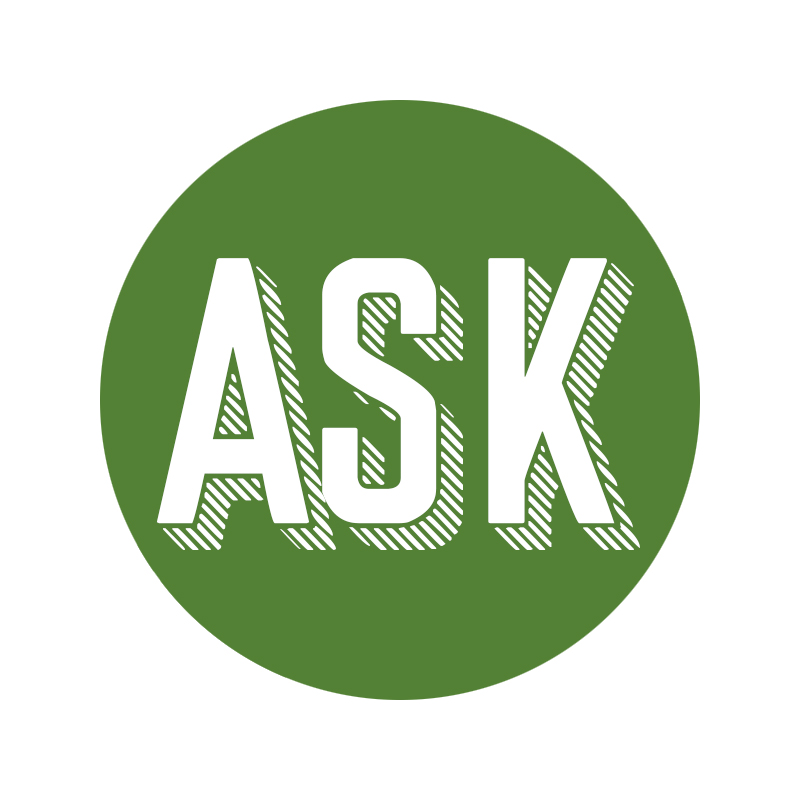Healing with Massage and Cannabis
In her first year as a massage therapist, Jennifer Chan became used to her hands aching at the end of a day’s work. But one day, one of her clients brought her own massage oils for Chan to use.
Afterward, Chan noticed that her hands, normally sore after eight hours of kneading, didn’t hurt as much.
“My hands weren’t as swollen or as achy as I expected them to be after a really long day of massage,'” she said. “I was staring at my hands that evening, and my friends were laughing at me. They were like, ‘Are you high?'”
It turned out the massage oils contained cannabis.
Chan wasn’t actually high. She had just unknowingly used a cannabis health and beauty aid (CHABA). These products, which are used on the skin to treat a variety of ailments including muscle pain, inflammation, and anxiety, contain less than 0.3 percent THC, the main psychoactive ingredient in cannabis that causes users to feel high when it crosses the blood brain barrier.
Chan’s family, who are Chinese, instilled in her that massage was a necessary means of taking care of the body—not a luxury. In Eastern medicine, massage is medicinal. Using cannabis oil was a natural extension.
After being turned on to the oils by her client, Chan continued her in-home massage work and used CHABA products on clients who supplied them.
In May 2015, reporters with local news station Q13 FOX wanted to interview Chan about using the cannabis-infused oils. But there was one problem: CHABA products were technically illegal.


Recent Comments